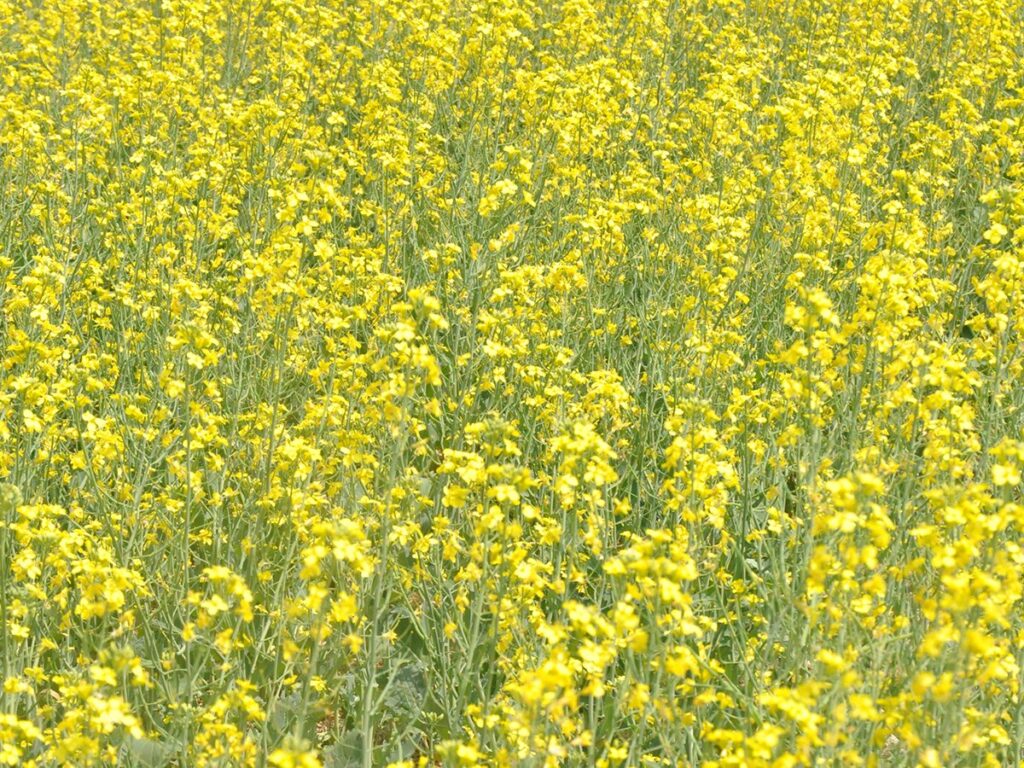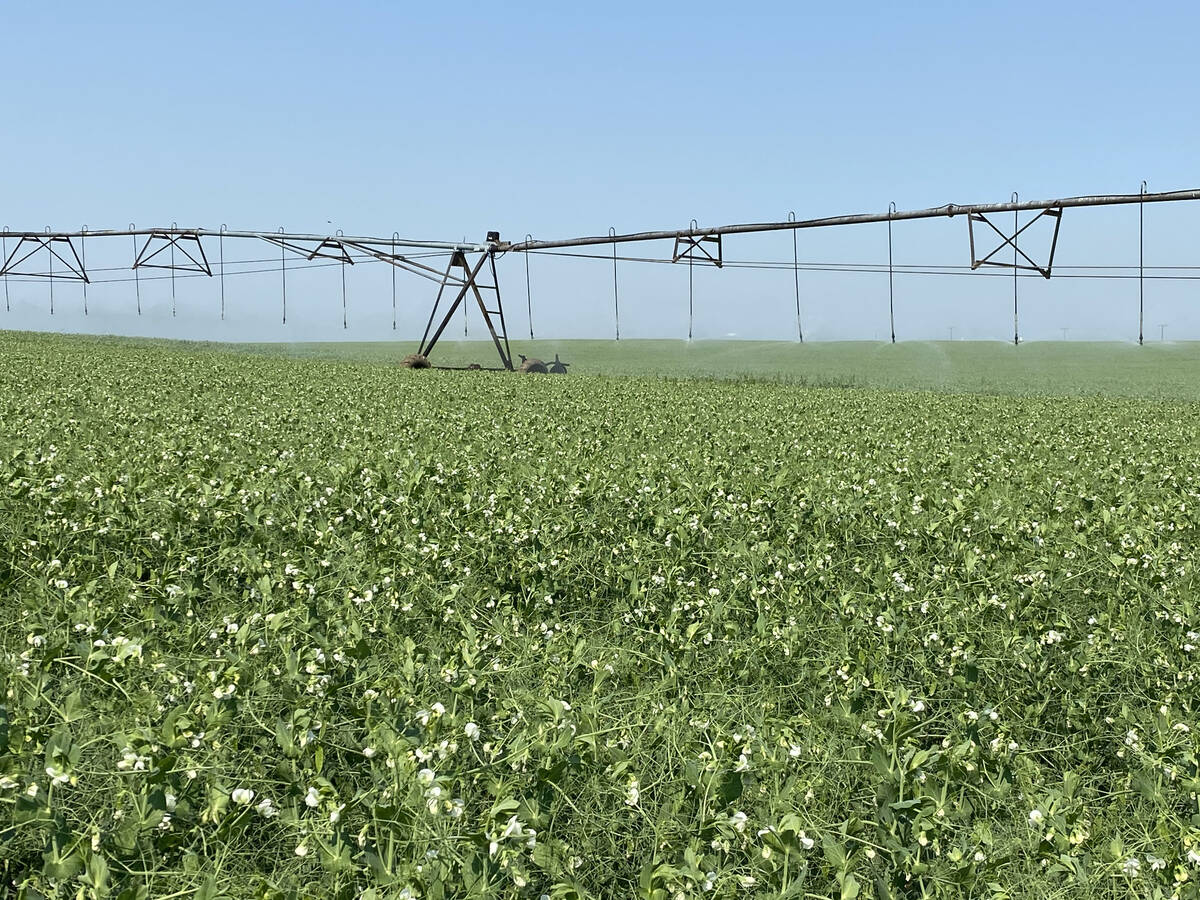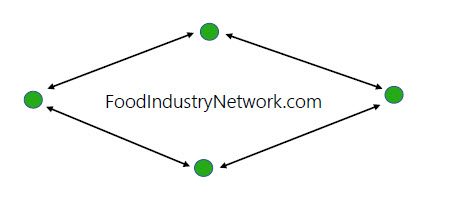Ag markets find new trade levels following tariff shocks

Uncertainty caused by tariffs remains the dominant force in global markets, but the initial shock and price gyrations are settling down.
Further shake ups could be around the corner, but let’s look at how markets have reacted in the past few weeks since the tariff wars began.
Follow all our tariff coverage here
Read Also


Alberta irrigation farmers strive for efficiencies to battle through droughts
Irrigation reservoirs in southern Alberta are looking a lot better than they have in recent years.
In Canadian agriculture, the most affected products are canola, pork and peas.
There has been a lot of coverage in this paper about the various American and Chinese tariffs and U.S. biofuel policy issues, so I won’t repeat that here.
Canola futures fell sharply from mid February to mid March but then recovered.
The July contract, which currently has the most trade volume, is back to the 2025 highs set just before the tariff issues hit the fan. That level is close to the top end resistance that has not been breached since January 2024.
Although canola faces trade problems, its fundamental supply and demand provides support.
Canadian Grain Commission data covering Week 36, which is about 70 per cent through the crop year, shows canola exports at 7.38 million tonnes.
We have already almost reached the Agriculture Canada full year forecast of 7.5 million tonnes for exports. There are still 16 weeks of the crop year left.
The grain commission said domestic disappearance is at 8.1 million tonnes, which is 68 per cent of the full year forecast of 11.94 million.
We might again find that Statistics Canada has under estimated the size of the crop.
But still, the amount of canola remaining on farm must be getting tight.
The narrowing basis backs this up. PDQInfo.ca shows that basis in northeastern Saskatchewan now is around $36-$37 per tonne under the futures, whereas for much of the winter it was ranging $50 to $60 under the futures.
Canola futures are supported by soybean oil futures. They too sold off February to mid-March as China responded to huge American tariffs. However, soy oil prices have also recently rebounded.
It is good that prices have recovered, but given the tightness of canola supply and of global vegetable oil supply, prices this spring would likely be even higher if not for all the uncertainty about tariffs and biofuel.
On the latter issue, there is good news that the U.S. petroleum and biofuel sectors are finally co-operating to push for even higher levels of biodiesel production, which could lead to Canadian canola oil still being used for U.S. renewable diesel.
The news on dried peas is not as positive.
China announced March 7 a 100 per cent tariff on Canadian peas beginning March 20. It was part of the package of “anti-discrimination” tariffs China levied in response to Canada having a 100 per cent tariff on Chinese electric vehicles.
PDQInfo.ca shows the price of No. 2 yellow peas in northwestern Saskatchewan fell to $299.50 a tonne March 10 from $393 on March 4.
Since then, the price has recovered partly to about $345.
Most Canadian peas shipped to China are yellow.
In 2023-24, yellow peas to China totalled 856,127 tonnes, or 46 per cent of all yellow pea exports. The value was $417 million.
There is no other single market in the world that could replace the Chinese demand.
As well, there is the danger that if the tariff remains for many months, Russia will be able to replace Canadian product.
China imports peas most months, but September and October are usually the biggest months, so it will be important for the next government to find a solution with China before harvest.
Pork was also targeted in China’s response to Canadian EV tariffs and faces a 25 per cent tariff.
In the U.S.-China trade war, American pork faces combined tariffs of 172 per cent.
When U.S. president Donald Trump targeted most of the world with tariffs in February, Chicago hog futures began to fall, knocking prices down when most years there is a spring rally.
The market bottomed March 10 but bounced back after Trump paused tariffs on most countries except China.
China’s pork imports have fallen a lot from the peaks hit in 2020 and 2021 when African swine fever laid waste to its industry. It currently has a surplus of domestically produced pork.
For Canada and the United States, China is far from the most important pork market, but it is significant, particularly for offal.
In January and February combined, China was the fourth largest importer of Canadian pork by dollar value, but was well behind the leaders — Japan and the U.S.
Pork exports to all destinations were generally strong in the first two months, up over 2024 by almost 20 per cent by value and 12 per cent by volume.
Japan led with pork imports valued at $354.1 million, while the U.S. was next at $318 million, South Korea was third with $102.3 million and China fourth with $81.3 million, or about 7.5 per cent of the total exports of $1.1 billion in the two months.
To contact D’Arce McMillan, email newsroom@producer.com.
Source: www.producer.com


